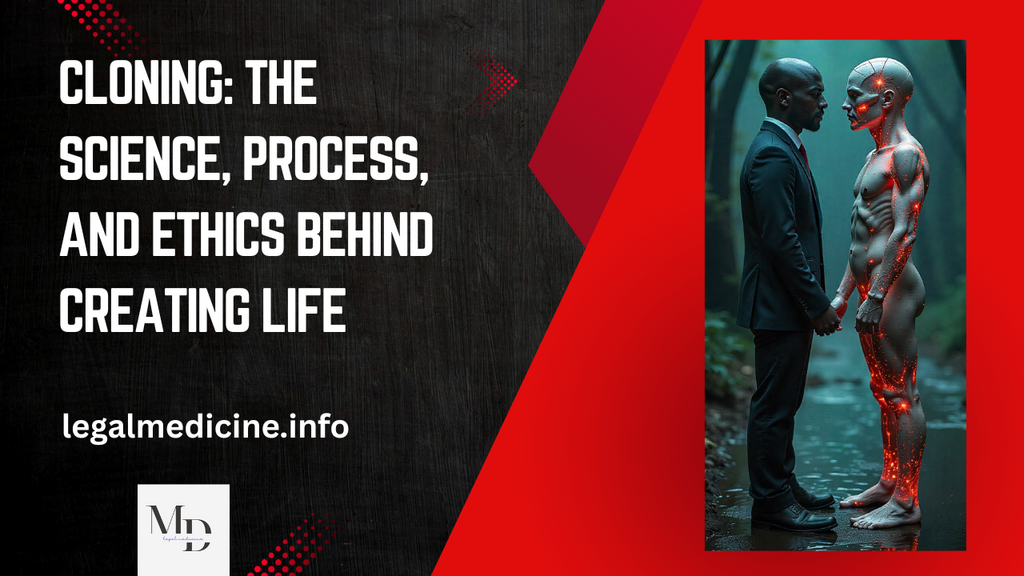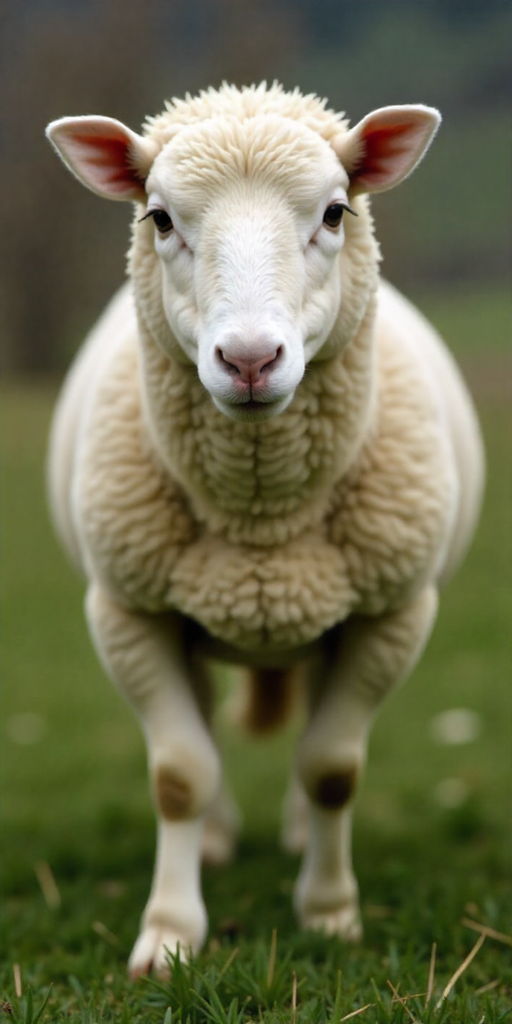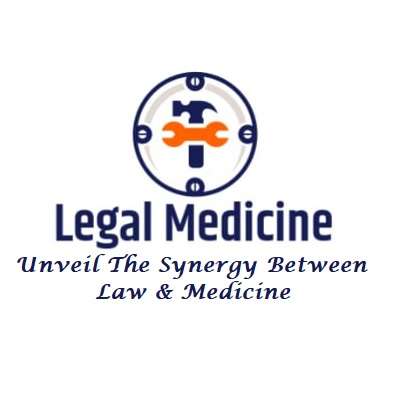Cloning: The Science, Process, and Ethics Behind Creating Life

Cloning has long captured human imagination — from the pages of science fiction to the frontiers of real-world biotechnology. The idea of producing an identical copy of an organism, cell, or gene has fascinated scientists and ethicists alike. While cloning has led to remarkable breakthroughs in medicine, agriculture, and genetics, it has also sparked profound ethical and philosophical debates about the nature of life and identity.
In this article, we’ll explore what cloning truly means, its history and types, the science behind it, and the pressing question — is human cloning possible?
What Is Cloning?
Cloning is the process of creating an exact genetic copy of a biological entity. This can include genes, cells, tissues, or even entire organisms. In simple terms, cloning is nature’s way of producing identical genetic material — something already observed in identical twins, which are natural clones.
In biotechnology, cloning is achieved artificially through various laboratory techniques that replicate DNA, cells, or embryos. The fundamental goal is to reproduce desired genetic traits or study biological processes at the molecular level.
A Brief History of Cloning
The concept of cloning originated long before modern molecular biology. The term itself was derived from the Greek word klon, meaning “twig,” referring to the propagation of plants from cuttings.
Early Discoveries
- 1880s – German biologist Hans Driesch performed early experiments on sea urchin embryos, showing that each cell could grow into a complete organism.
- 1902 – Hans Spemann and Hilde Mangold demonstrated nuclear transfer in salamanders, a foundational step for future cloning techniques.
The Modern Era of Cloning
- 1952 – Scientists Robert Briggs and Thomas King successfully cloned tadpoles using somatic cell nuclear transfer (SCNT).
- 1996 – The most famous breakthrough came when Dolly the sheep was cloned at the Roslin Institute in Scotland, becoming the first mammal cloned from an adult somatic cell. This event revolutionized biology and triggered global ethical debates.
Dolly lived for six years, proving that genetic material from a differentiated adult cell could indeed give rise to a whole organism. Since then, scientists have cloned many animals, including cows, pigs, cats, and monkeys — though challenges remain for primates and humans.

Types of Cloning
There are three main types of cloning recognized in modern biotechnology:
1. Gene Cloning
Also called DNA cloning, this involves copying specific genes or segments of DNA. Scientists insert a gene of interest into a vector (like a plasmid) and introduce it into bacteria to replicate. This method helps in studying gene function, producing insulin, vaccines, and genetic testing.
2. Reproductive Cloning
This type of cloning produces a whole organism genetically identical to the donor. It uses the process of somatic cell nuclear transfer (SCNT) — the same technique used to clone Dolly. The cloned organism develops from an embryo implanted into a surrogate mother.
3. Therapeutic Cloning
Therapeutic cloning aims to create embryonic stem cells that are genetically identical to a patient. These cells can potentially regenerate damaged tissues and treat diseases like Parkinson’s, diabetes, or spinal cord injuries. Unlike reproductive cloning, therapeutic cloning does not involve creating a complete organism.
How Is Cloning Done?
The most well-known technique is Somatic Cell Nuclear Transfer (SCNT). The process can be summarized in several key steps:
- Cell Collection: A somatic cell (a non-reproductive cell, such as a skin cell) is collected from the organism to be cloned.
- Egg Cell Preparation: An egg cell is taken from a donor, and its nucleus (which contains its DNA) is removed.
- Nuclear Transfer: The nucleus of the somatic cell is inserted into the enucleated egg cell.
- Stimulation: The egg is stimulated using an electric current or chemical signal to begin dividing like a normal embryo.
- Embryo Development: The embryo is cultured in a lab for a few days until it reaches the blastocyst stage.
- Implantation: For reproductive cloning, the embryo is implanted into a surrogate mother, where it develops into a genetically identical offspring.
Is Human Cloning Possible?
Scientifically speaking, human cloning is theoretically possible, but it has not been successfully or ethically achieved.
The main obstacles include:
- Technical limitations – Cloning success rates in animals are low, with many embryos failing to develop properly.
- Genetic abnormalities – Many clones suffer from premature aging and immune deficiencies.
- Ethical restrictions – Nearly all countries have banned or heavily restricted human cloning due to moral and social concerns.
The cloned embryo of a human was reportedly created in 2001 by a private company (Clonaid), but the claim was never scientifically verified. Therefore, no verified human clone exists.
The Process of Cloning: Step-by-Step
Here’s a detailed look at how cloning actually works in a lab setting:
Step 1: Donor Selection
A somatic cell is chosen from the individual whose genetic copy is desired.
Step 2: Enucleation
The nucleus of an egg cell is removed using microscopic tools, leaving behind the cytoplasm.
Step 3: Nuclear Fusion
The somatic nucleus is inserted into the enucleated egg. The cell is then stimulated with electricity to fuse the membranes.
Step 4: Cell Division
Once fused, the new cell behaves like a fertilized egg and begins dividing.
Step 5: Embryonic Development
The dividing cells form an embryo, which can be used for research (therapeutic cloning) or implantation (reproductive cloning).
Reproductive vs. Therapeutic Cloning
| Aspect | Reproductive Cloning | Therapeutic Cloning |
| Purpose | To create a new organism | To create stem cells for treatment |
| Outcome | A cloned individual | Tissue or organ regeneration |
| Ethical Status | Highly controversial | Somewhat accepted for medical use |
| Example | Dolly the sheep | Regeneration of heart or nerve tissue |
Reproductive cloning attempts to produce a living organism, while therapeutic cloning focuses on curing diseases and advancing regenerative medicine. Most countries support therapeutic research but ban reproductive human cloning.
Ethical Issues in Cloning
Cloning raises profound ethical and moral questions that extend beyond science. Some of the major concerns include:
1. Identity and Individuality
Would a clone have the same identity or rights as the original person? Human cloning could blur the line between individuality and replication.
2. Playing God
Many religious and philosophical perspectives argue that cloning interferes with natural processes and the sanctity of life.
3. Health Risks
Animal clones often face genetic disorders, premature aging, and high mortality rates — raising serious ethical concerns about applying these techniques to humans.
4. Exploitation and Inequality
There is fear that cloning could lead to social and economic disparities, with cloning technologies accessible only to the wealthy.
5. Moral Status of Embryos
Therapeutic cloning involves the destruction of human embryos to harvest stem cells, which many consider morally unacceptable.
Scientific and Medical Applications
Despite ethical concerns, cloning technology offers tremendous potential in medical research and biotechnology:
- Regenerative medicine: Using cloned stem cells to repair damaged tissues.
- Organ transplantation: Cloning organs compatible with the patient’s DNA to prevent rejection.
- Conservation: Cloning endangered species to prevent extinction.
- Pharmaceuticals: Producing genetically identical animals for drug testing.
Researchers continue to refine cloning to increase efficiency and reduce ethical dilemmas, focusing on cellular and genetic-level advancements rather than whole-organism cloning.
The Future of Cloning
As genetic engineering and CRISPR technologies evolve, cloning may play an essential role in precision medicine, gene therapy, and synthetic biology. Scientists are exploring ways to use cloning to grow replacement organs or tissues customized to an individual’s genetic profile.
However, ethical regulation and scientific responsibility must evolve alongside technological progress. Without global consensus and oversight, cloning risks becoming a controversial tool rather than a scientific triumph.
Frequently Asked Questions (FAQs)
1. What is cloning in simple words?
Cloning is the process of creating an identical genetic copy of an organism, cell, or DNA sequence.
2. Who was the first cloned mammal?
The first cloned mammal was Dolly the sheep, created in 1996 by scientists at the Roslin Institute in Scotland.
3. Is human cloning legal?
No. Most countries, including the USA, UK, and Bangladesh, have banned human reproductive cloning due to ethical and safety reasons.
4. What is therapeutic cloning used for?
Therapeutic cloning creates embryonic stem cells for medical research and treatment of diseases like Parkinson’s and diabetes.
5. What are the main risks of cloning?
Cloning often results in developmental abnormalities, low success rates, and ethical concerns regarding the destruction of embryos and individuality of clones.
Conclusion
Cloning sits at the intersection of scientific innovation and moral responsibility. While it has expanded our understanding of genetics, reproduction, and disease treatment, cloning also challenges the very definition of life and identity.
From Dolly the sheep to the promise of therapeutic cloning, the science continues to evolve — balancing hope for medical miracles with the need for ethical boundaries. Whether human cloning ever becomes possible or acceptable remains uncertain, but one thing is clear: cloning has changed the way we think about creation itself.
